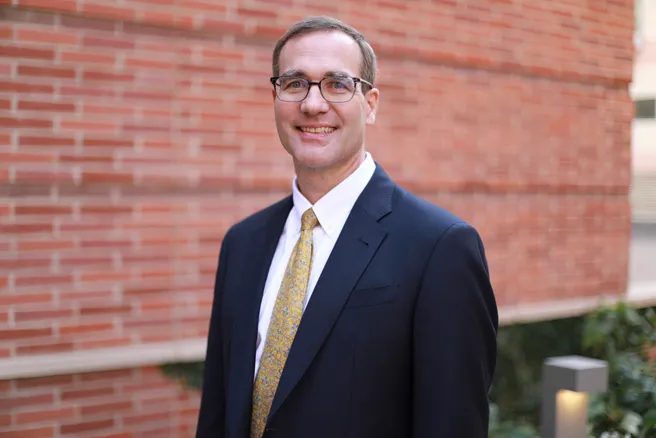Dynamic Assignment Blahut-Arimoto: Minimum Cardinality Optimal Signaling Made Easy
Prof. Richard D. Wesel
University of California, Los Angeles, USA (UCLA)
Join via Zoom:
ucla.zoom.us/j/95647145156
Meeting ID: 956 4714 5156
Passcode: 129719
Abstract:
ICE@TUM has developed probabilistic amplitude shaping (PAS) to make signaling with arbitrary probability mass functions (PMFs) practical. Large signaling alphabets easily approach capacity on channels such as the additive white Gaussian noise (AWGN) channel that theoretically require continuous signaling. This allows PAS to achieve small shaping loss. However, with the right PMF, negligible shaping loss for AWGN can also be achieved with relatively small signaling alphabets, similar in size to constellations used for classical trellis codes. These signaling alphabets simplify PAS signaling. This talk explains how to find minimum-cardinality optimal signaling for AWGN.
The well-known Blahut-Arimoto algorithm finds the PMF that maximizes mutual information for a set of signaling points with fixed locations. Blahut-Arimoto alternates between two stages that optimize a conditional and a marginal PMF for fixed signaling positions. Dynamic-assignment Blahut-Arimoto (DAB) adds a third stage that allows the signaling positions to be moved. DAB finds the optimal probabilities and positions of a fixed cardinality constellation.
DAB can efficiently identify capacity-achieving PMFs for a wide variety of channels. It was initially used to find capacity-achieving probability mass functions (PMFs) for binomial channels and molecular channels. This talk applies DAB to power-constrained (PC) and amplitude-constrained (AC) AWGN Channels.
Biography:
Richard D. Wesel is a Professor with the UCLA Electrical Engineering Department and is the Associate Dean for Academic and Student Affairs for the UCLA Henry Samueli School of Engineering and Applied Science. He joined UCLA in 1996 after receiving his Ph.D. in electrical engineering from Stanford. His B.S. and M.S. degrees in electrical engineering are from MIT. His research is in the area of communication theory with particular interest in low-density parity-check coding, short-blocklength communication with feedback, and coding for storage. He is an IEEE Fellow and has received the NSF CAREER Award.
